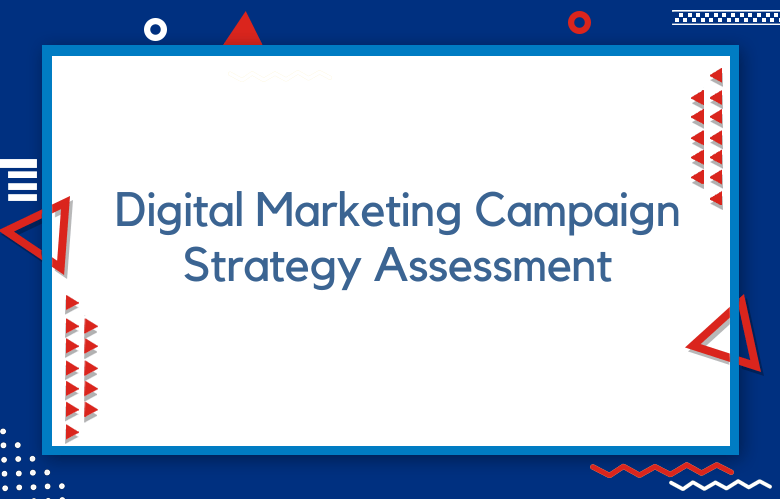What are Privacy-Enhancing Technologies (PET) in AdTech?

With the advent of the digital age, the internet has become an integral part of our lives. It has transformed the way we communicate, access information, and shop.
However, privacy, security, and consumer protection concerns have also arisen with the increasing use of digital platforms.
Privacy-enhancing technologies, or PETs, have emerged as a solution to safeguard privacy in AdTech. We will explore what PETs are and how they work in AdTech.
Privacy-enhancing technologies refer to any technological solutions that help protect users’ privacy on digital platforms.
These solutions are created to overcome privacy risks from collecting, processing, and sharing personal data in AdTech. Some common PETs used in AdTech include Ad-blockers, Anti-Tracking, and Encryption tools.
What are Ad Technologies?
AdTech refers to using digital technology to advertise goods and services to target audiences. It uses cookies to track users’ internet activity, allowing marketers to personalize ads for each user.
This means an ad displayed to a user is tailored based on their online behavior, interests, and demographic information.
What is PET?
PET stands for Privacy-Enhancing Technologies. Its purpose is to protect users’ privacy while allowing AdTech to be effective.
PETs work by hiding or obfuscating users’ data from advertisers without impacting the accuracy of the targeted ads. This makes it difficult for advertisers to track users online while preserving user privacy.
How does PET impact AdTech?
PET has become increasingly crucial in AdTech as users become more concerned about online privacy. With PET, internet users can enjoy a personalized experience without compromising their privacy.
They can still receive ads tailored to their interests, but their personal information is obfuscated, keeping them safe from advertisers’ prying eyes.
How do AdTech companies use PETs?
AdTech companies use PETs to collect, store, and use data while ensuring user privacy. For example, companies may use PETs for:
– Anonymizing user data to protect sensitive information such as names and email addresses.
– Limiting the use of data to the minimum required for the intended purpose.
– Safeguarding user data with cryptography to ensure its confidentiality, integrity, and availability.
– Differentiating privacy algorithms are implemented to prevent re-identification of users.
Privacy-Enhancing Technologies (PET) in AdTech
The world of advertising technology, or AdTech, is a vast and dynamic landscape. Digital advertising has grown tremendously in the past few years and shows no signs of slowing down.
However, with stricter data privacy laws and user privacy becoming a priority, AdTech companies must consider how they collect, store, and use their users’ data.
This is where privacy-enhancing technologies (PETs) come into play. In this comprehensive guide, we will examine PETs, their benefits, and how they are used in the AdTech industry.
Understanding Privacy-Enhancing Technologies (PET) in AdTech?
As technology advances, so does how our data is collected and used.
With users becoming more concerned about their privacy online, privacy-enhancing technologies (PET) are becoming increasingly popular in the AdTech industry.
Pets are designed to protect consumer privacy while allowing advertisers to serve targeted advertisements. We will dive into the concept of PETs and how they are being used to protect online privacy.
The goal of PETs is to provide consumers with more control over their data. One type of PET used in AdTech is retargeting prevention. Retargeting ads are generated based on a user’s browsing history, which can be seen as an invasion of privacy.
Retargeting prevention prevents these ads from being displayed to users after they leave the website.
AdBlockers are another familiar PET used to prevent ads from appearing on a website. However, using AdBlockers has significantly impacted the advertising industry, causing companies to lose revenue.
The Importance of Privacy-Enhancing Technologies (PET) in AdTech?
As technology advances, so do concerns about users’ privacy. This is especially true for AdTech, where user data is collected to personalize advertising campaigns.
However, with proper safeguards, user data can be protected from misuse. This is where Privacy-Enhancing Technologies (PET) come into play. In this post, we will explore what PET is and how it is used in AdTech.
PET refers to practices and technologies designed to protect online users’ privacy. PET is used to ensure that user data is collected anonymously and that it is not shared with third parties without the user’s consent.
With the rise of ad targeting techniques such as behavioral advertising, ensuring that user data remains private has become increasingly important. PET addresses this by providing user data is only used in ways consistent with their privacy preferences.
Benefits of Privacy-Enhancing Technologies?
Securing Your Personal Information:
With the increasing incidents of data breaches and cyberattacks, it is essential to protect your personal information. Privacy-enhancing technologies provide multiple layers of protection designed to keep your data secure and confidential.
Whether it’s encryption tools or password managers, these technologies are designed to make it extremely difficult for unauthorized individuals to access your private information.
Avoiding Identity Theft:
One of the most significant advantages of privacy-enhancing technologies is that they help protect against identity theft. Identity theft is a crime that occurs when someone steals your personal information, such as your name, Social Security number, or credit card number.
It misuses it without your permission for personal gain. Privacy-enhancing technologies safeguard your personal information by using data encryption, secure databases, and other security measures.
Enhancing Anonymity:
Privacy-enhancing technologies enable users to enhance their anonymity online. Anonymity is essential for those at risk of being targeted for their political beliefs, nationality, or sexual orientation.
These technologies include web proxies or virtual private networks (VPNs) that allow you to browse the internet anonymously by hiding your IP address.
Protecting Your Social Media Profiles:
In the digital world, social media profiles can provide a wealth of information about a person. Malicious individuals can use this information to carry out cyber-attacks or identity theft.
Privacy-enhancing technologies enable you to protect your social media profiles by encrypting your data, using two-factor authentication, and securing your passwords.
Promoting Data Transparency:
Privacy-enhancing technologies can also promote data transparency by allowing individuals to control how their data is shared with others.
This includes tools like data portability, which enables users to transfer their data from one platform to another while retaining control over the information.
This ensures that individuals can control how their data is used and shared, promoting greater transparency and accountability in the digital world.
Conclusion:
Privacy-enhancing technologies have become increasingly relevant and essential for protecting user privacy in AdTech.
With Ad-blockers, Anti-Tracking tools, and Encryption technologies, PETs offer a wide range of solutions that help protect users from privacy risks. As a digital advertiser, it’s imperative to understand PETs and their implications in AdTech.
With the proper understanding of PETs, advertisers and brands can create trust with consumers while successfully delivering targeted ads that do not violate user privacy.
PETs reflect the need for privacy, transparency, and control, enabling digital platforms to function responsibly, sustainably, and equitably.
Call: +91 9848321284
Email: [email protected]



